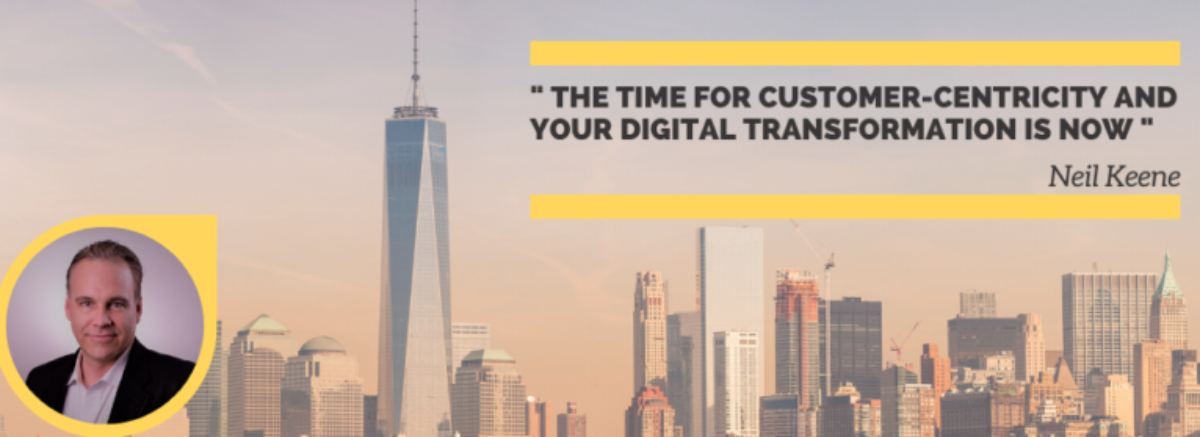THE MOLE PERSPECTIVE
I recently spoke on digital transformation in pharma at the Digital Health Coalition (DHC) Summit hosted by AstraZeneca. Here is a link to the featured content of the Summit: DHC October 2019
Virtually everyone that spoke to me after my talk pressed me to provide more details surrounding the MOLE concept that I presented and asked for more information on the 2020 workshop. I’m proud to announce the workshop is complete, I’ve setup some events and I’ve summarized some key elements of the MOLE workshop for you in this series of 2 blogs. Enjoy…and please reach out with any questions or comments below.
We all need to recognize that the amount of marketing budgets misappropriated due to lack of strategic framework around achieving digital transformation is mind boggling. I believe this is what has driven the interest in the MOLE system. The figures aren’t quite in yet for 2019 but the IDC forecast for global spending on technology and services that enable digital transformation reached $1.18 trillion in 2019, an increase of 17.9% over 2018. Here’s a link to more of the details: IDC Forecast
Given these figures, it’s an absolute imperative to have a solid plan with performance indicators for creating a culture to drive your company and brand strategy into digital transformation success! What we call efficient marketing is not effective marketing. Therefore, if you hear, “But didn’t we get those e-mails out last month?” Or, “We reached our click-through rate and number of page views” you have not set a high bar for your digital marketing effectiveness. After presenting and running a few workshops on this topic in 2019, I concluded that we have been approaching our journey to digital marketing success with blind faith in old approaches and concepts, so I took what I learned and created a different approach. I’ve called this approach M.O.L.E. (MOLE). We need to all agree that innovation is understanding that the value of a system is how you look at your problem, standard approaches are an extraordinary mistake we have made during our journey into digital transformation. Specifically, innovation is clearly not found in conventional logic or those companies with the deepest pockets or best analytics would have solved digital transformation a long time ago (see IDC forecast above). The kind of culture created through utilizing a MOLE approach is inherently different than the logic you are accustomed to, now we analyze results based on software, click-throughs and eyeballs not properly judging good talent and the kind of chemistry which can be created through a MOLE approach. So, a good CRM system and/or data plan correlates with successful digital transformation? Absolutely not.
I’ve discussed with many leaders in the pharmaceutical industry the system and concept of transforming your digital marketing approach in “Building a Center of Excellence for Customer Engagement.” I’ve included a few slides on MOLE in my talks in 2019 and several who have seen it have asked me about creating more content describing the MOLE framework and a tool for evaluating a company’s ability to create digital transformation for achieving measurable progress in digital transformation. Real goals that can serve as a driving force for your customer engagement rather than a new variable on a spreadsheet or strict budget management. So, how exactly does this approach work? I’m not able to show you the whole workshop in a blog but I will attempt to provide a top line review. MOLE is a series of strategic and systemically connected steps in a VERY specific order that you can undertake for your team and organization, allowing thoughtful planning, goal setting – providing the innovation you need for real digital transformation.
MOLE stands for:

“MOLE is a tool with a defined system that provides a guideline for defining where you are in YOUR digital transformation with careful planning towards the next level of strategic success in your marketing and CRM. “
Means
What do you mean? (just kidding) The real question is – Do you have the Means to see your digital transformation problem as it really is? What are your real goals? The primary goal of your Means is to ask these types of questions. We don’t always enter discovery aimed at asking the critical questions for success…These categories of questions rank 1st when we determine our Means in the MOLE process. A misunderstand of your Means will result in a derailment of your transformation. So what do we do? Key members of your team will review what is driving both failure and transformation, determining the level in the Means scoring process as part of this step in the MOLE transformation workshop. The Means score will become your business advantage to drive success on many levels. Marketers currently use objective measures of digital marketing performance of behavioral science such inputs such as click-throughs, views, open rates, brand awareness, etc. A Means score utilized properly combined with the system of MOLE will change this dynamic. How many times have you been asked to defend your media or digital plan and provided KPIs? My argument is the evaluation of your Means will create a new multi-level dynamic for understanding your specific customer engagement and digital transformation and how it relates to your overall strategic brand objectives – this will be your 3rd eye not a new project, marketing economics or traditional theory. I’ll provide in-depth data on this in Part 2 of this blog.
Opportunity
What is the opportunity we desire to create through digital transformation? The goal of the Opportunity step is to determine what result you need to manifest for your brand and company. In the Opportunity step of the MOLE workshop, the goal is to agree on 3 definitive opportunities you can create through digital transformation These opportunities need to be strategic in nature. MOLE creates the following 3 categories in its framework:
- Customer Experience: Design Strategy
- Operations: Digitizing core processes: Software & Data
- Business Model: Center of Excellence
The realm of Opportunity can be misinterpreted, creating a misguided track if not followed in a step wise approach. For example, approaching your operations as a system rather than an asset (an opportunity) within your business model will lead to focusing on constraints rather than potential growth. Once the 3 Opportunity elements are determined and the appropriate connected elements are reviewed such as value proposition, defined engagement and digital goals – these opportunity factors become a driving force for creating intelligence and clear communication for reaching your digital transformation goals. The MOLE system is represented below:


The Why & The How HAVE to come 1st
So much has been said about how digital transformation has taken over marketing in our industry, due to the fact that very few pharma/biotechs have figured out how to define the transformation let alone lay out a plan. What 2/3 of companies undertake is the Who (assign tasks) and the What (CRM Software or tech stack) before the Means and Opportunity – this old design sequence is doomed for failure. MOLE will show you that we have been operating backwards. You must undertake your means and opportunity (Why/How) to innovate BEFORE the Who and the What to find success. It is clear that a MOLE approach will guide you in thinking in terms of designing rather than structuring to achieve velocity and intelligence in mapping out your digital transformation of the future! I will review Leadership and Execution in Part 2. I welcome comments and discussion – please re-post if you like the content. Speak soon!!

